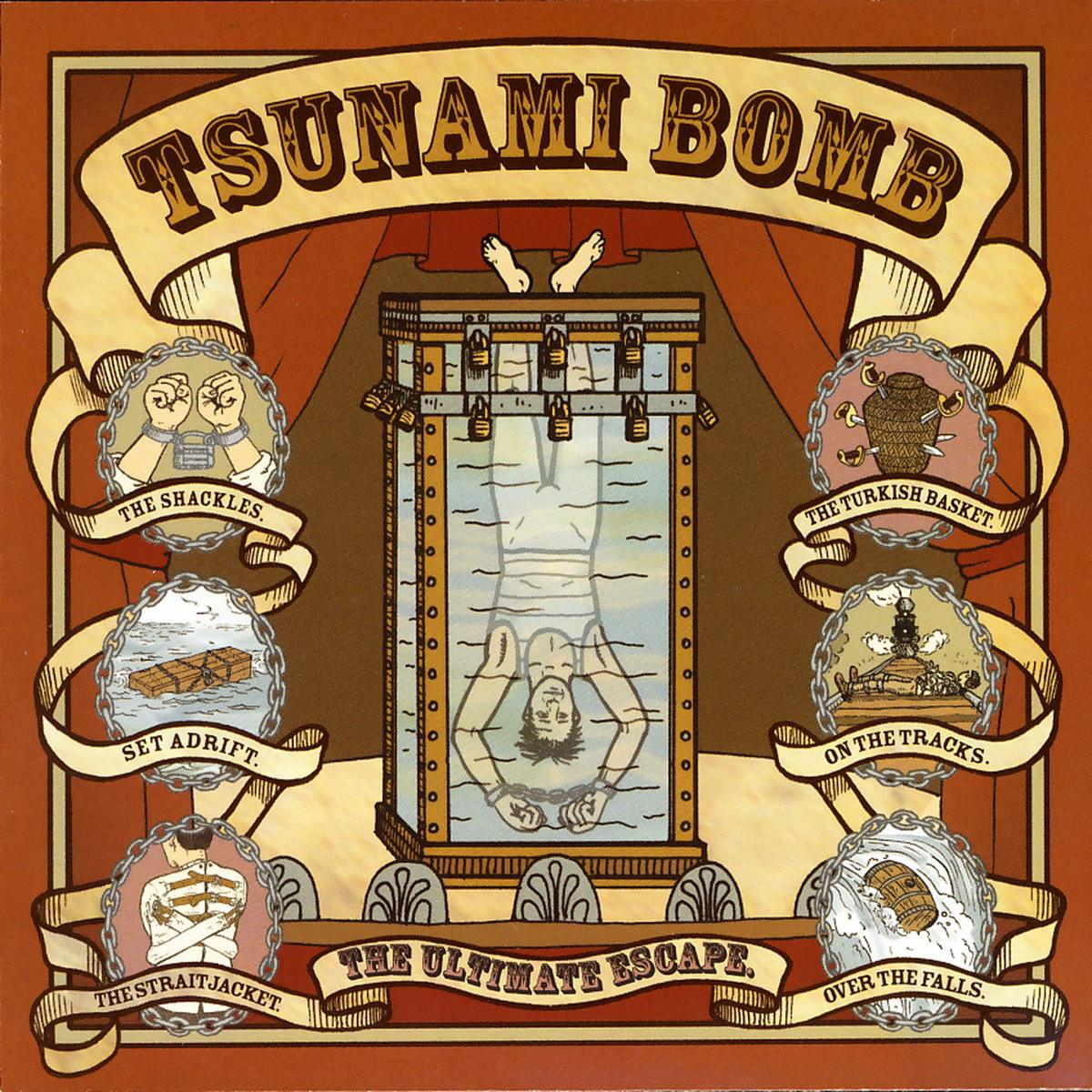Ultimate Wasp Trap Recipe: Simple Steps to Keep Your Outdoor Space Wasp-Free
#### Description:As the warm weather approaches, many of us look forward to outdoor gatherings, barbecues, and enjoying the beauty of nature. However, with……
#### Description:
As the warm weather approaches, many of us look forward to outdoor gatherings, barbecues, and enjoying the beauty of nature. However, with the arrival of summer also comes the unwelcome presence of wasps. These insects can be a nuisance, buzzing around your food and drinks, and in some cases, even posing a risk of stings. Fortunately, creating an effective wasp trap can help you reclaim your outdoor space. In this guide, we will explore an easy wasp trap recipe that you can make using common household items, ensuring your summer fun is not interrupted by these pesky pests.
The first step in your wasp trapping journey is to gather the necessary materials. You will need a plastic bottle (preferably a two-liter soda bottle), scissors, sugar, water, and vinegar or fruit juice. These ingredients are not only easy to find but also eco-friendly, making this trap a sustainable solution to your wasp problem.

To begin, take your plastic bottle and carefully cut off the top third. This section will serve as the funnel for your trap. Once you have cut the bottle, invert the top section and place it back into the bottom part of the bottle, creating a funnel shape that leads into the base. This design allows wasps to enter the trap easily while making it difficult for them to escape.
Next, it’s time to prepare the bait. In a separate container, mix about one cup of water with half a cup of sugar and a splash of vinegar or fruit juice. The sugar acts as a sweet attractant, drawing wasps in, while the vinegar or juice adds an enticing scent that makes the trap even more effective. Stir the mixture until the sugar is fully dissolved, and then pour it into the bottom half of the bottle. Be sure to leave some space at the top to prevent overflow.
Once your trap is assembled and baited, it’s time to find the perfect location to place it. Wasps are typically attracted to areas where food is present, so setting your trap near picnic tables, outdoor dining areas, or garbage cans will yield the best results. Ideally, you want to position the trap in a shaded spot, as wasps are less active in cooler areas.

After placing your trap, it’s essential to monitor it regularly. You may need to replace the bait every few days, especially if you notice a significant number of wasps entering the trap. As the summer progresses, you may find that the trap becomes more effective as wasp populations peak.
In addition to using your homemade wasp trap, consider implementing other preventive measures to minimize wasp activity in your outdoor space. Keep food covered, clean up spills immediately, and dispose of garbage properly. If you have fruit trees, be sure to pick up fallen fruit, as the sweet scent can attract wasps.
Finally, it’s important to remember that while wasps can be bothersome, they also play a role in the ecosystem. They are natural predators of many garden pests and help with pollination. Therefore, when using traps, aim to reduce their numbers rather than eliminate them entirely.

In conclusion, this wasp trap recipe provides a simple and effective solution to keep your outdoor space enjoyable during the warmer months. With just a few ingredients and some creativity, you can create a trap that will help manage wasp populations around your home. Enjoy your summer gatherings without the worry of wasps ruining the fun, and remember to take a balanced approach to pest management for a harmonious outdoor experience.